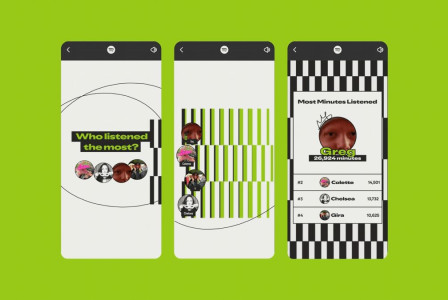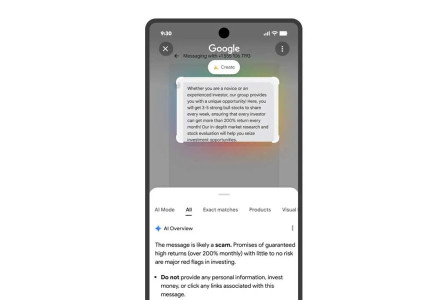SEARCH
Google has a new way to combat deepfakes on Search

SHARE IT
Generative AI has made recognizing synthetic content and safeguarding user privacy much more difficult. In an effort to improve information literacy and data protection, Google has implemented changes to Search that prevent deepfakes and make it easier to govern your information.
The business has improved its handling of non-consensual deepfakes, or explicit fake content, in Search. While you have been able to request that Google delete this content from search results for years, Google will now filter all duplicates of that image, as well as explicit results from similar queries about you, rather than simply the original removal request.
In theory, this should cover more ground in terms of removing harmful content from corners it may be hiding in, even after someone has successfully requested a removal. The process applies to both non-consensual images and fake explicit imagery.
Additionally, Google modified its algorithms to rank results "for queries where there's a higher risk of explicit fake content appearing in Search." When results are available, these modifications will give preference to displaying high-quality, non-explicit results for queries containing people's names.
The corporation claims that over 70% less explicit content has been exposed as a result of their upgrades. Instead of focusing on the deepfakes themselves, the modifications seek to highlight content that informs people about deepfakes. Google is going to de-rank websites for which the business has received numerous requests to be removed.
Google is also integrating its "About this image" contextualizing function to Circle to Search and Google Lens as part of its Search enhancements. Now, users may easily access the feature using both tools.
If a buddy texts you an outrageous-looking image, for instance, you can easily circle it on your Android device and open Google Search's "About this image" tab to learn more about the photo's history depending on what the search engine can find. You may just take a screenshot or download the disputed image, view it in the Google app, and tap the Lens button if you're using Google Lens. Both iOS and Android users have access to this feature.
The "About this image" section displays descriptions of the image from various websites, such as news and fact-checking services. A photo that has been manipulated to mislead information or taken out of context can be refuted with the use of this context.
In addition, Google uses the image's metadata to provide background information about the image's creation and history, even though metadata can be added or removed when an image is uploaded to the internet. A portion of this data may reveal whether an image is artificial intelligence (AI) created, altered, or synthesized.
If an image has Google DeepMind's SynthID watermark encoded in its pixels, which is included in every image produced using Google's AI tools, the "About this image" feature may determine whether or not the image was created using AI.
As a component of Google's information literacy program, these actions are meant to make it simpler to find context for what you see online. Voters can navigate an election cycle full with fake news and political spin if they use media tools like these.
"About this image" is now available in 40 languages on Google Lens, which is available in the Google app for both Android and iOS, as well as Circle to Search on the newest Samsung and Pixel phones, foldables, and tablets.
MORE NEWS FOR YOU

 Help & Support
Help & Support 

